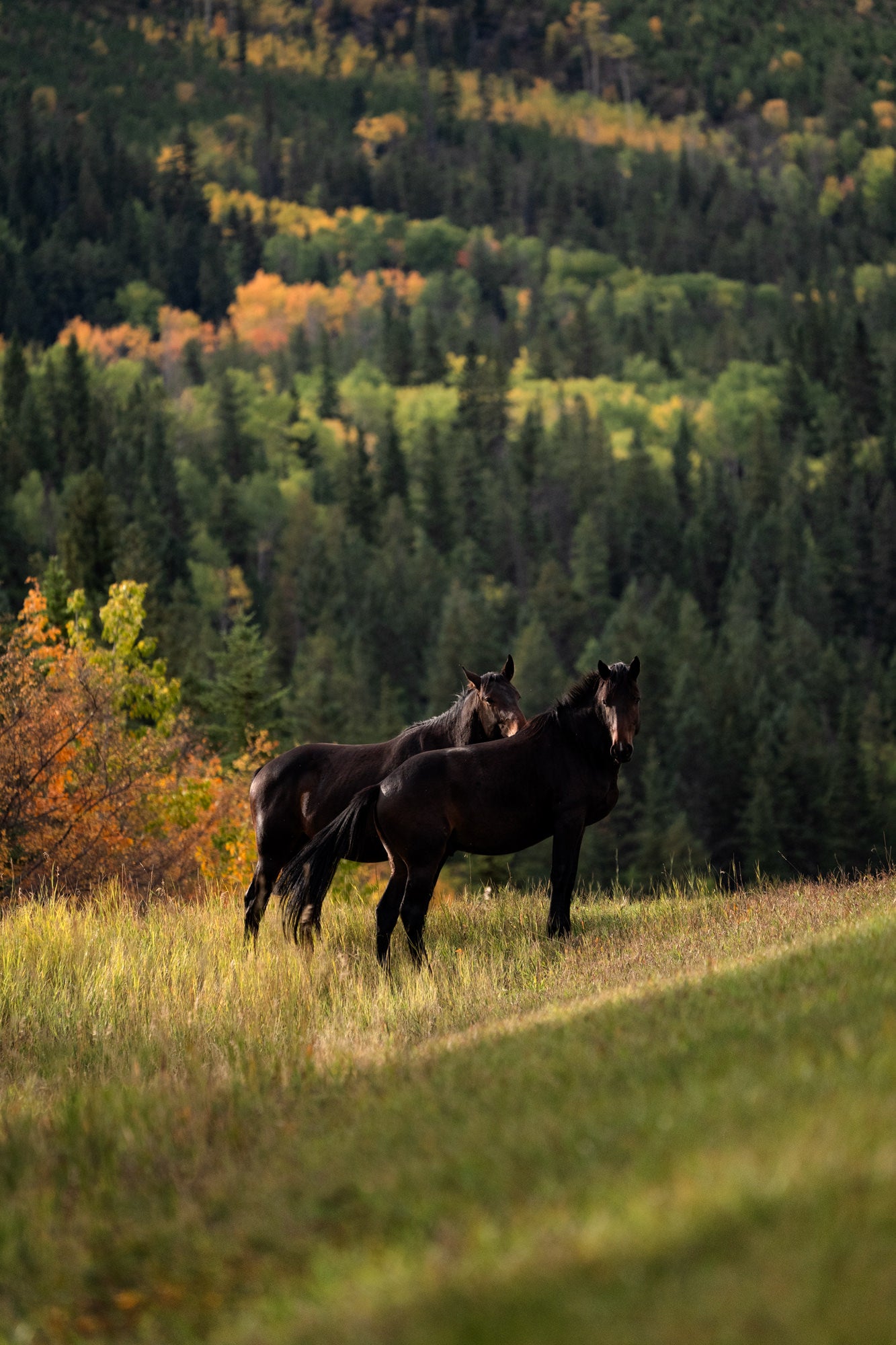Rachel Jones Ross (@rachel_jones_ross) is an Alpha Collective member with both a talent and passion for photographing the night sky. A versatile creator, she also enjoys photographing landscapes, wildlife, her loved ones and more. She’s recently been using the Sony Alpha 9 III to capture it all, and the camera’s versatility is the perfect option to keep up with her various creative needs. Watch the video and read her words below as she shares more of her experience with the fast and sharp Sony Alpha 9 III during both day and night.
Look To The Stars
My favorite place in the world to photograph is absolutely anywhere under the night sky. It might sound counterintuitive, but in those quiet moments under the stars I feel the most connected to history, my loved ones, and my place in the world.
For millennia, people of every culture have looked to the stars to understand the mechanics of the universe, to navigate, to mark the passage of time, and to make sense of their place in the world. I have often imagined that my footsteps have traced the same paths as the First Nations peoples as they used the stars to guide their way through the rugged terrain of the Canadian Rockies that I call home. And when I’m sitting under the dancing light of the aurora, I know that I’m marveling at the same sky my mother did when she first moved to the North over 50 years ago.
The Challenge Of Night Photography
Working in the dark of night can truly be a challenge. Physically, it is sometimes difficult to convince my tired body to leave my warm bed, drive to a location, and wait in the chill air of the night for the stars to literally align.
Night photography is also technically challenging. Turning the faint motes of light from the stars into detailed scenes of our place on earth requires shooting at wide open apertures (sacrificing depth of field in the landscape), high ISOs (which increases noise), and shutter times short enough that the stars do not trail. All this fumbling with cold fingers in the dark.
For the last month I’ve been using the Sony Alpha 9 III. This camera handles low light shooting with ease. At 24.6 megapixels, it is sensitive to low light without sacrificing resolution and it has many features that aid in low light shooting. Bright monitoring, for example, boosts the internal gain of the camera so you can essentially see in the dark, allowing you to quickly and easily find a composition, without taking time consuming test shots.
When Daylight Comes
Although nightscapes are my favorite subject to photograph, I also shoot a wide variety of subjects in the daylight, including landscapes, wildlife, my loved ones, and even video. At night, everything I do is on a tripod, with a slow pace and lots of time to plan my shot. In the daytime, I don’t always have that luxury.
When the sun comes up, the Sony Alpha 9 III really shines. It’s incredibly fast. With the world’s first ever global shutter full-frame image sensor, this camera can shoot at 120 fps with no blackout. There was a time when I would never have imagined needing a camera that fast, especially given that my passion is for the slow pace of night photography. However, my understanding of photography has grown with experience. Ultimately, photography is about connection to the subject, and that ability to grab your camera and shoot quickly means you won’t miss that moment of connection, regardless of whether that connection is the look your child gives you, that split second of light that makes you feel alive, or that rare, fleeting encounter with a creature in the wild.

Photo by Rachel Jones Ross. Sony Alpha 9 III. Sony 100-400mm f/4.5-5.6 G Master.
And if you are like me, and feel more comfortable with a tripod, the five-axis image stabilization and autofocus will give you peace of mind when you don’t have time to grab a tripod. The image stabilization eliminates any shakiness from my hand-held shots, and the autofocus identifies and tracks the subject even if the eye or face is obscured.
The Sony Alpha 9 III is a truly versatile camera that enables me to pursue all facets of my work in photography from night to day.
See more of Rachel Jones Ross’ work on her Alpha Universe Profile and on Instagram @rachel_jones_ross.



